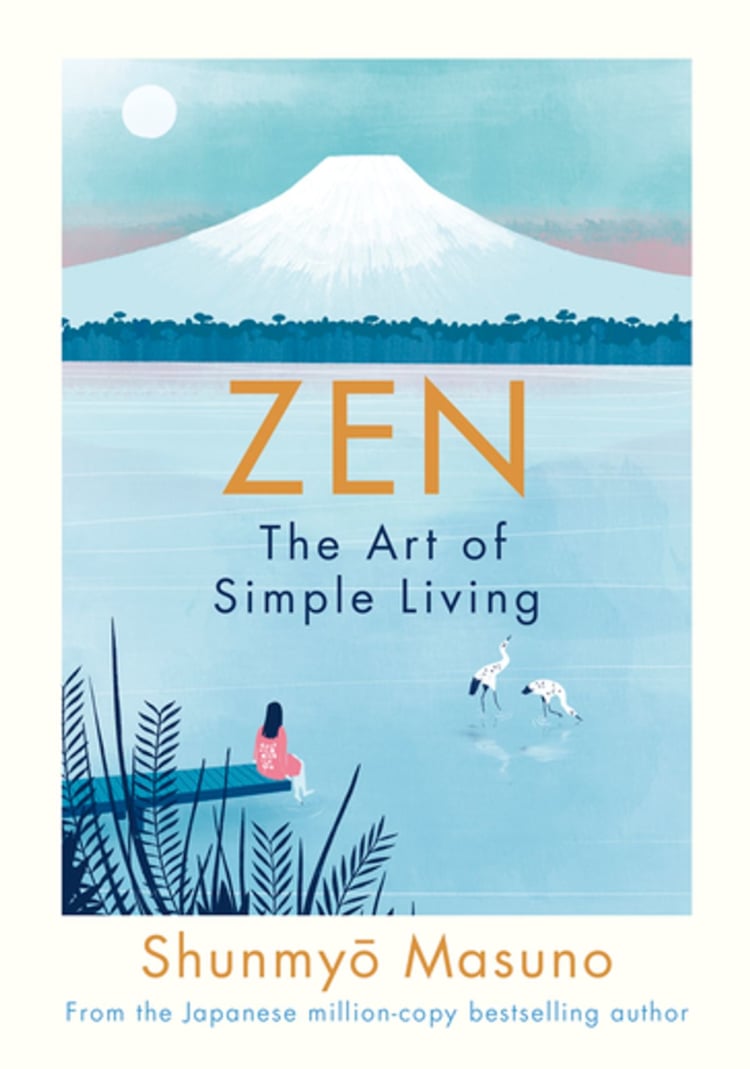

The 15-meter scroll depicts the various seasons of the year, starting with spring and ending in winter. Landscape of the Four Seasons (1486) Date CreatedĬonsidered the greatest example of ink painting to come from Japan, Landscape of the Four Seasons is regarded by historians as Sesshū Tōyō’s masterpiece. Tōyō was considered by his peers as well as historians to be the greatest painter in Japan, and his influence can still be seen in Japanese paintings up to today. Tōyō took the traditional style of his master Shūbun and gave it a distinct Japanese character through the use of flatter dimensional space, thicker lines, and greater contrast between shadow and light. 16th century 不詳 unknown, Public domain, via Wikimedia Commons He was considered the biggest exponent of Japanese ink wash painting, which was founded by Tenshō Shūbun, his master who taught him Japanese art styles such as Sumi-e (ink wash painting). This was due to the influence of the Chinese Song Dynasty artists on his work, which he then infused with its own Japanese character. Sesshū Tōyō was one of the few traditional Japanese artists from the Muromachi period, which was highly respected not only in Japan but also in China. Huike Offering His Arm to Bodhidharma (1496) Sansui Chokan (Long Scroll of Landscapes) (1486) However, it has been considered to be one of the only existing examples of Japanese drawings from that era that fit Shūbun’s signature style.Īs such, this painting has been passed down the generations in the Myôchi-in Temple in Kyoto as a Shūbun original. Many Zen monks added a preface and extra poems to the scroll, making it hard to identify exactly who created this ancient Japanese artwork.
JAPANESE LIVING ART FORM FULL
Full scroll: 134.8 x 33.3 cm Tenshō Shūbun, Public domain, via Wikimedia Commons Painting detail of Reading in a Bamboo Grove (1446) by Tenshō Shūbun. It was owned by a Zen monk from a temple in Kyoto but was said to be created by Shūbun, another monk from a temple in Shôkoku-Ji. Reflective of earlier works by the Southern Song Chinese painters, this early example of ancient Japanese art depicts a landscape and poetry painted onto the surface of a scroll. Reading in a Bamboo Grove (1446) Date Created Reading in a Bamboo Grove, painted in 1446, is considered Shūbun’s most well-known painting, having received the honor as a Japanese national treasure.

Shūbun then went on to become a tutor of Japanese painting for future masters like Kanō Masanobu and Sesshū Tōyō.

They are said to be copies of originals, now lost, traditionally attributed to Kakuan, a 12th century Chinese Zen Master Tenshō Shūbun, Public domain, via Wikimedia CommonsĪfter studying Chinese masters such as Ma Yuan and Xia Gui, Shūbun took elements of their work and created a style of ink wash painting, promoting it until it became the local style of that era.
JAPANESE LIVING ART FORM SERIES
This is one of a series of ten images, generally known in English as the Ox-herding (or Bull-herding) pictures, by the 15th century Japanese Rinzai Zen monk Shūbun. Shūbun is considered by historians to be the father of Suiboku ink wash painting, a style that originated in China, but one which Shūbun helped incorporate into traditional Japanese art. He later moved to Kyoto, becoming director of the court painting bureau, an institution consisting of influential Japanese art patrons. Tenshō Shūbun was born in the Ōmi Province of Japan in the late 14th century. Today, we will look at ten famous Japanese artists and the Japanese paintings that brought them into the public spotlight. Religious subject matter was common in ancient Japanese art, but Japanese artwork eventually extended to other subjects that reflected the daily life and environment of the local people.


 0 kommentar(er)
0 kommentar(er)
